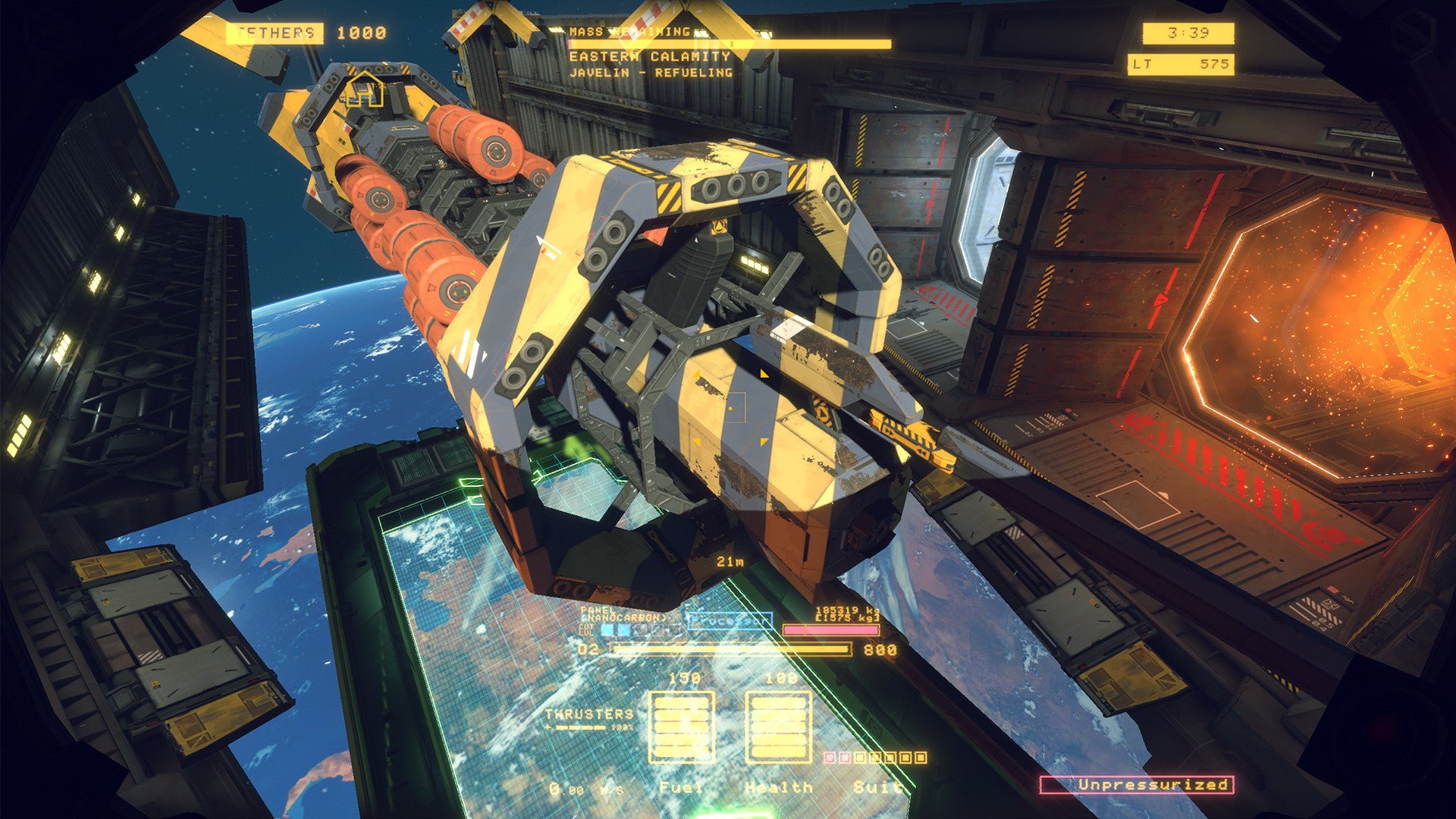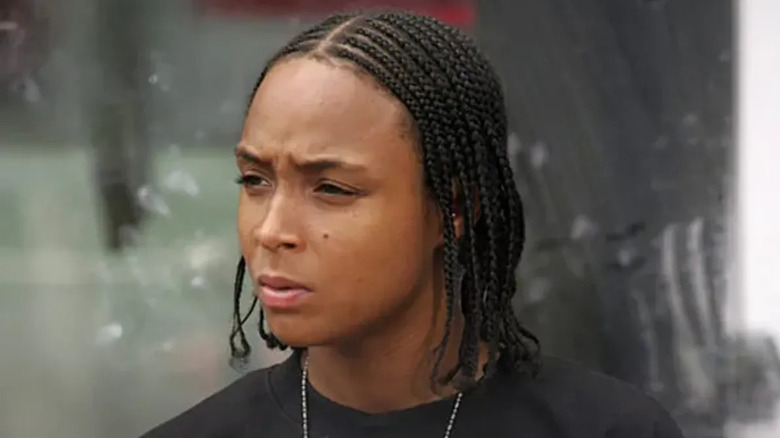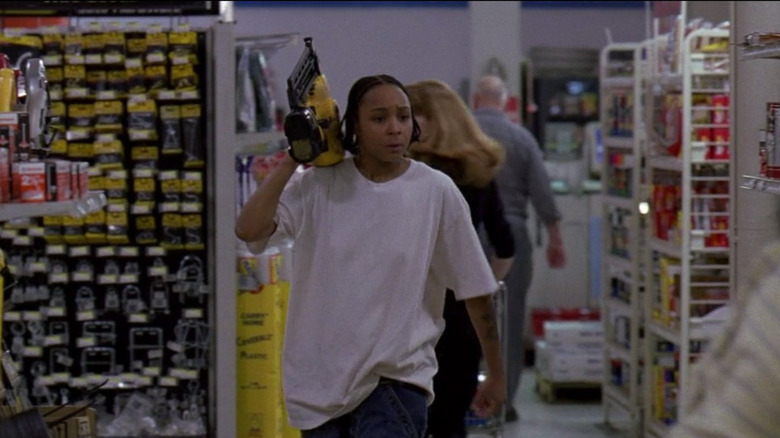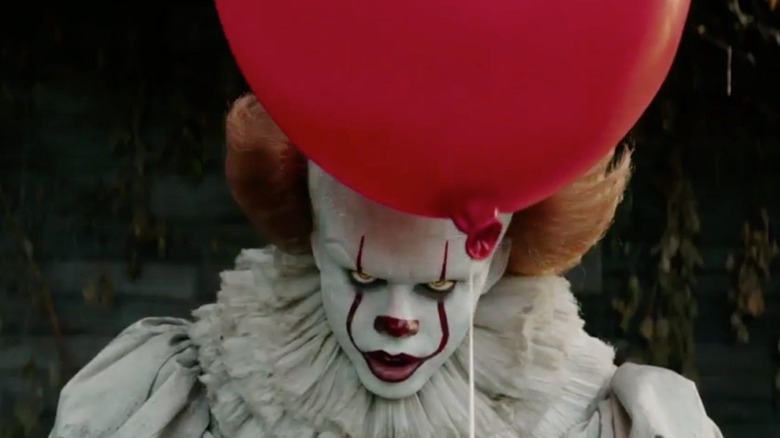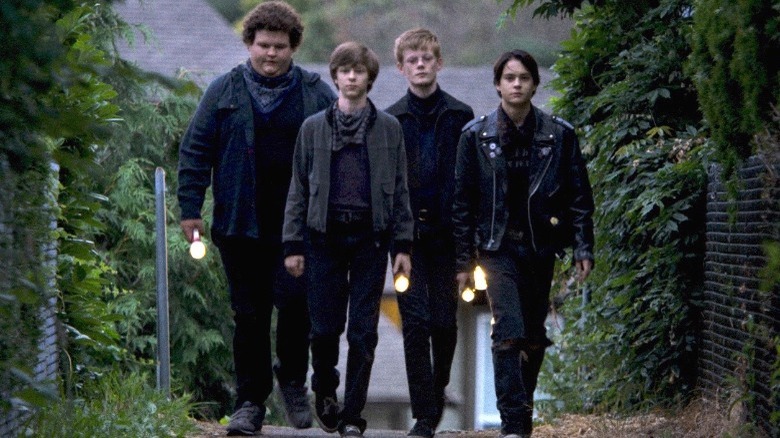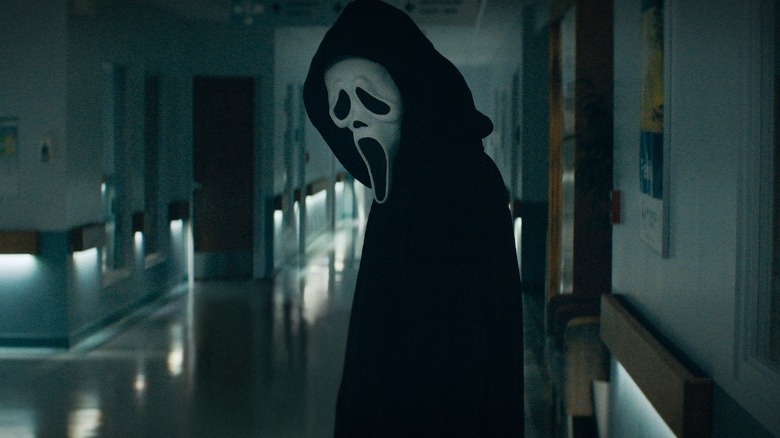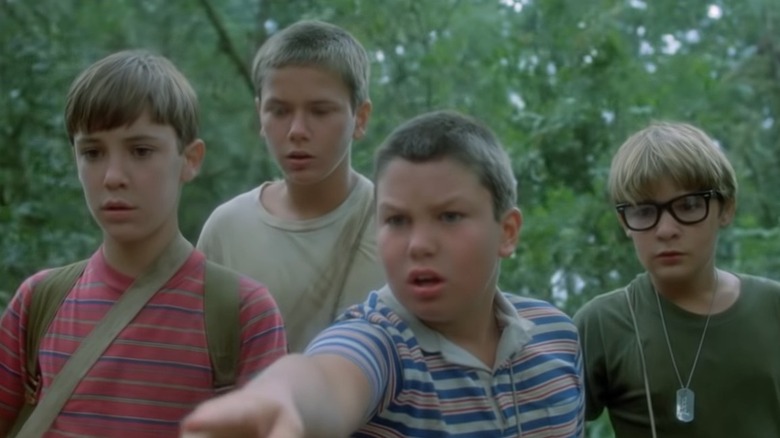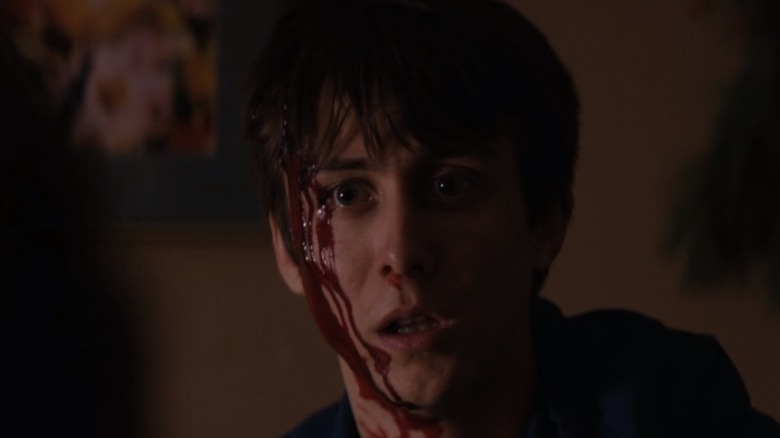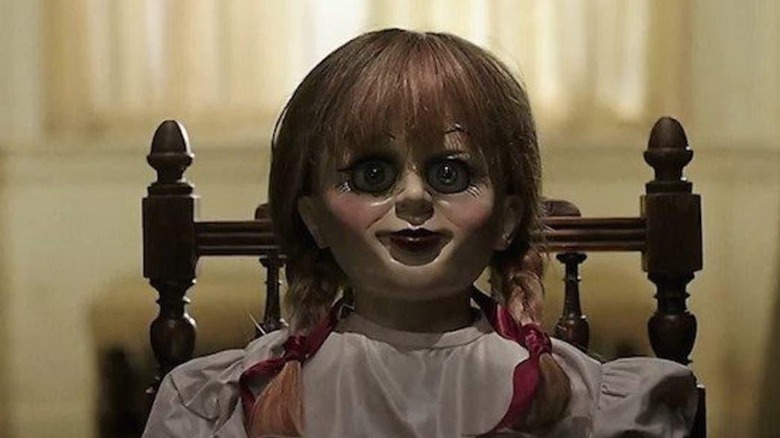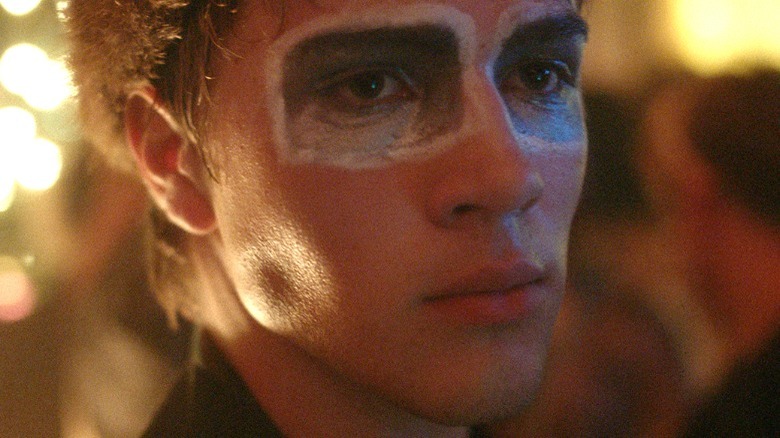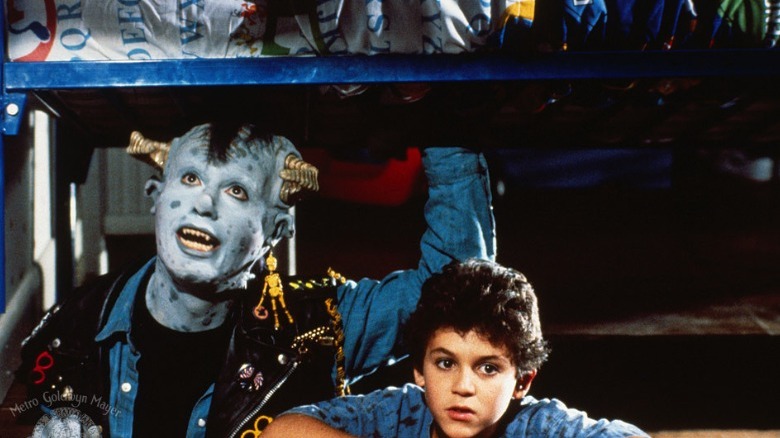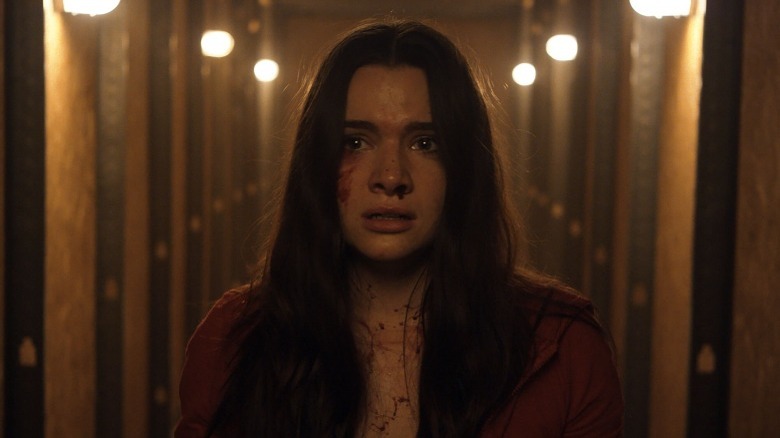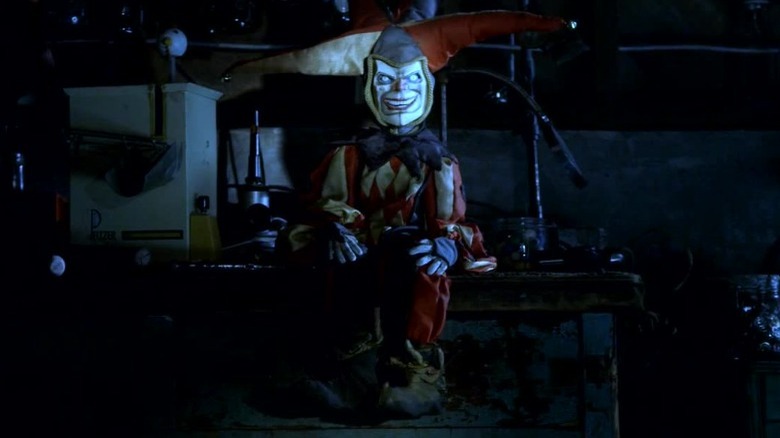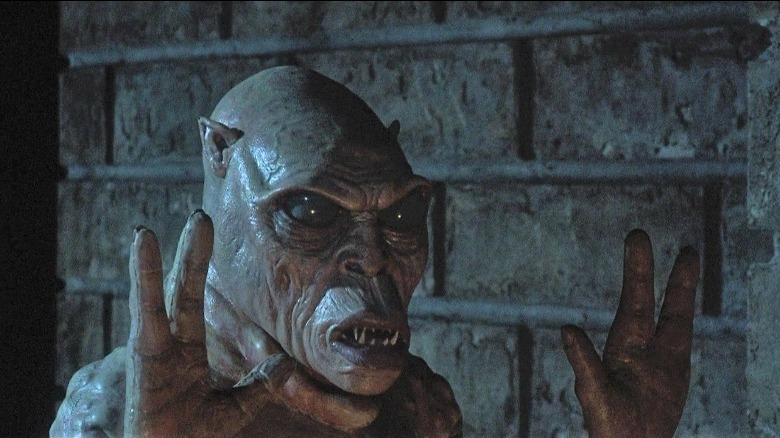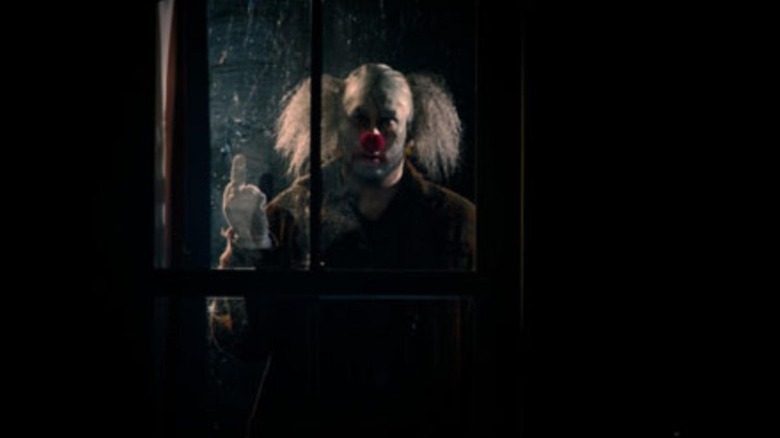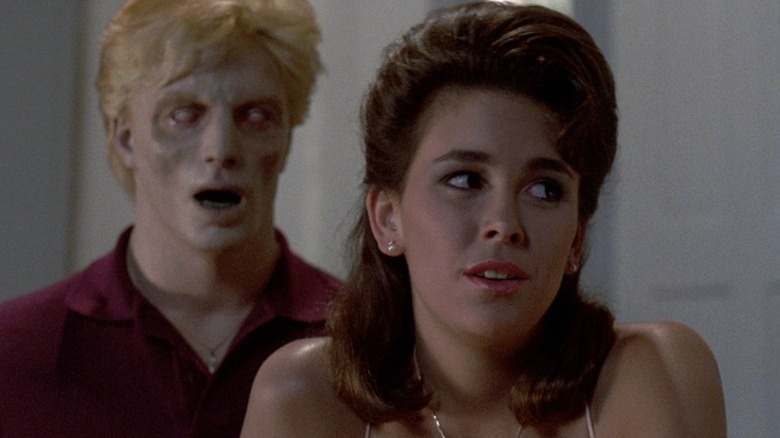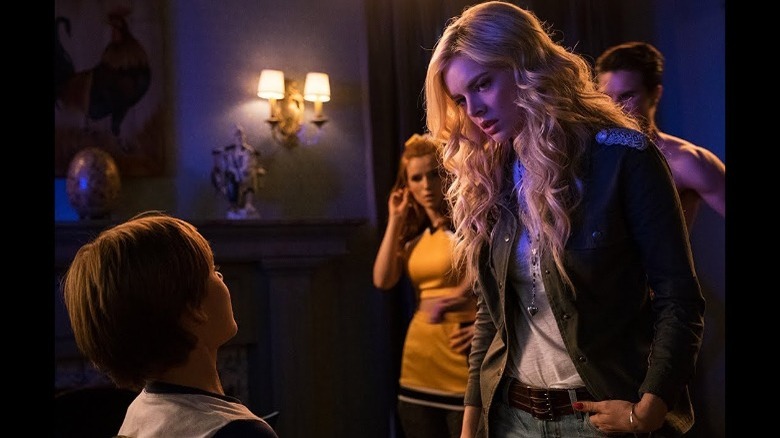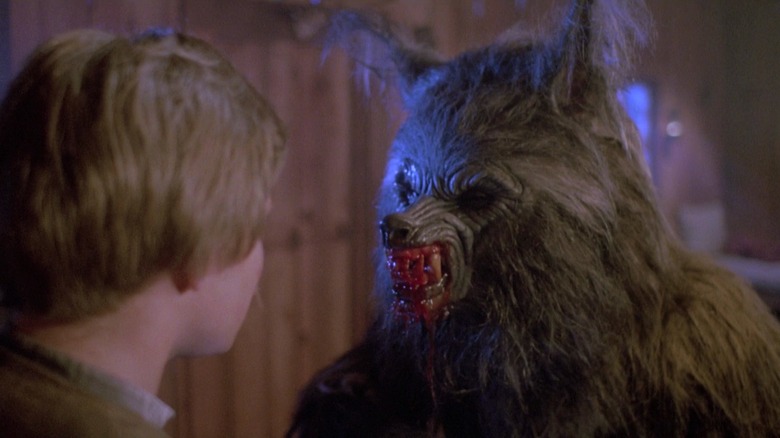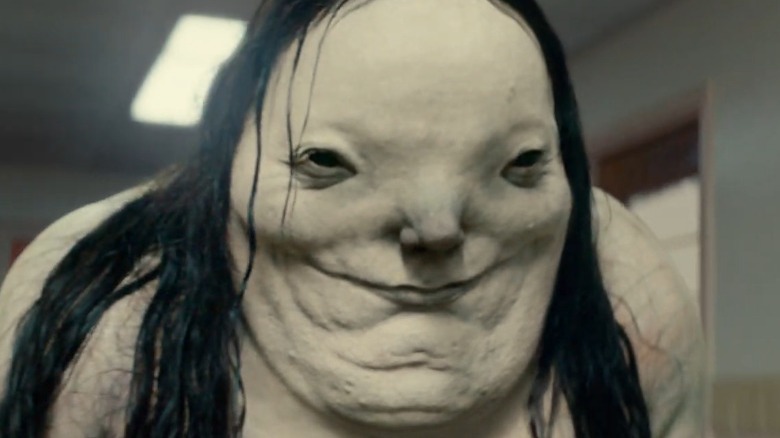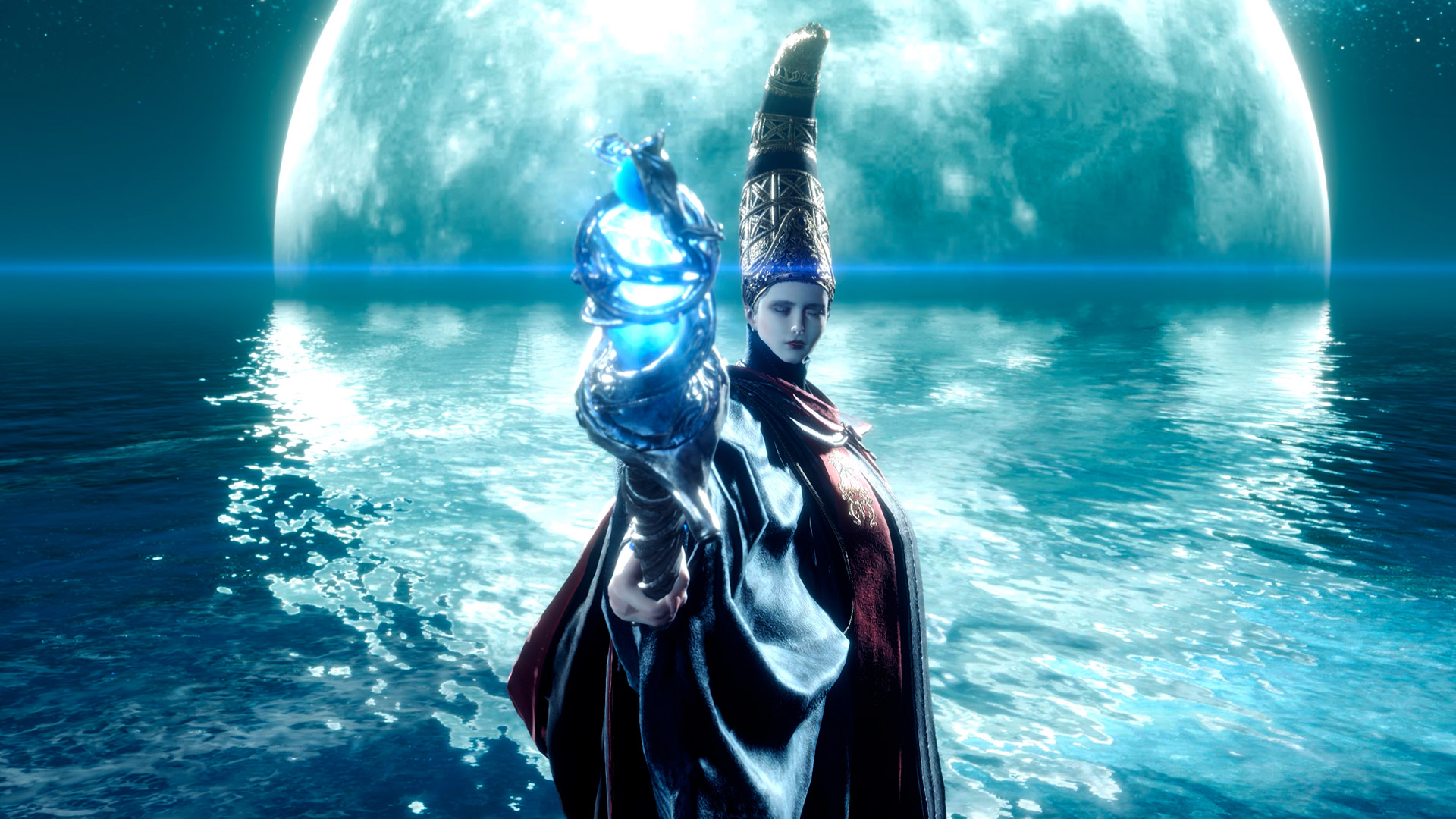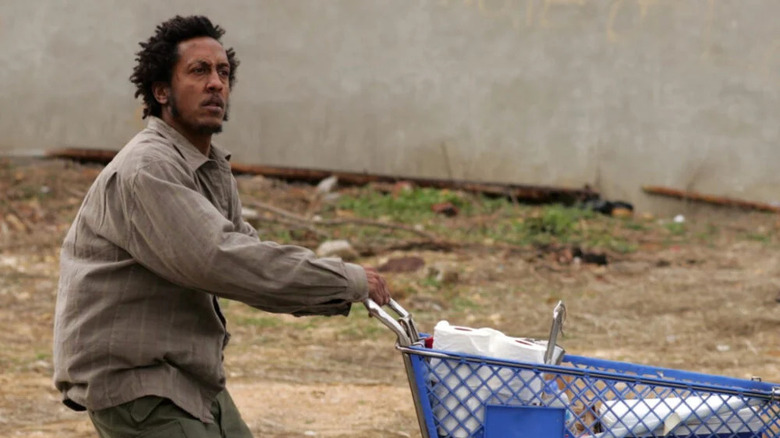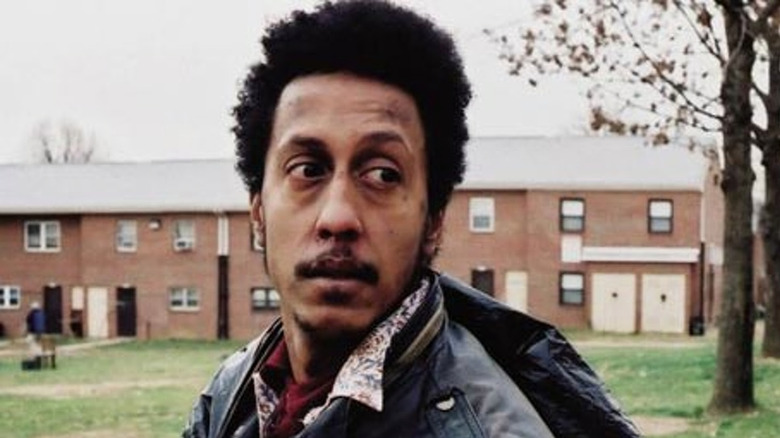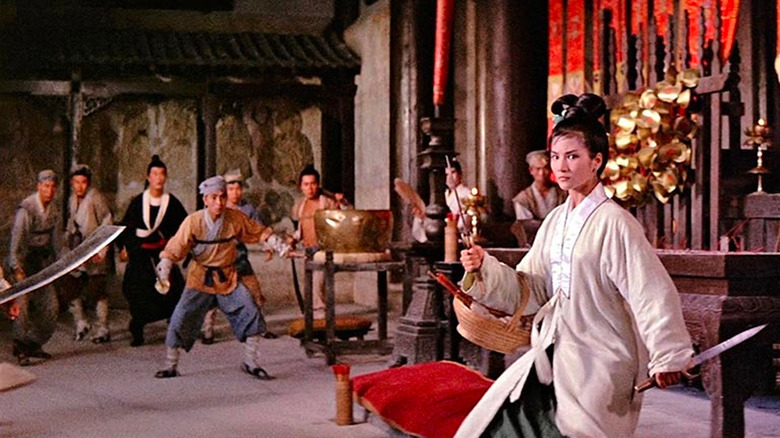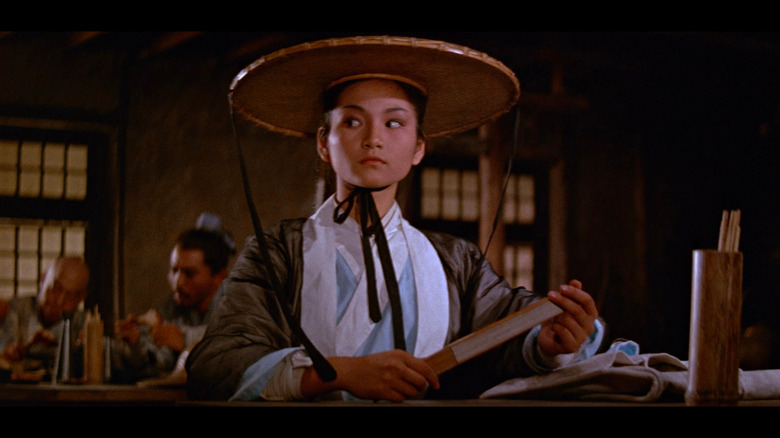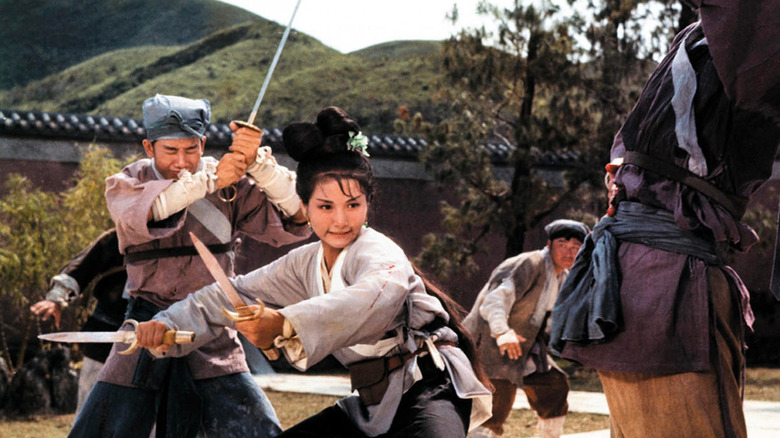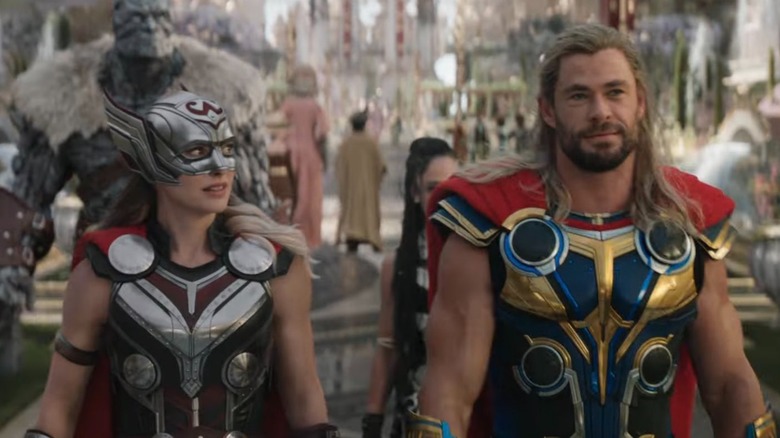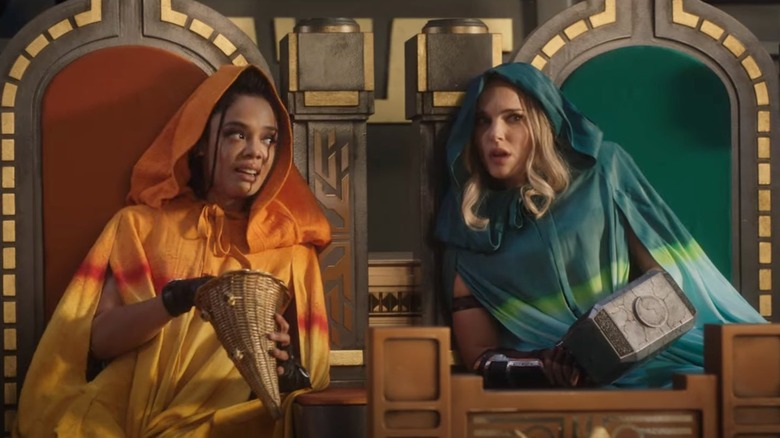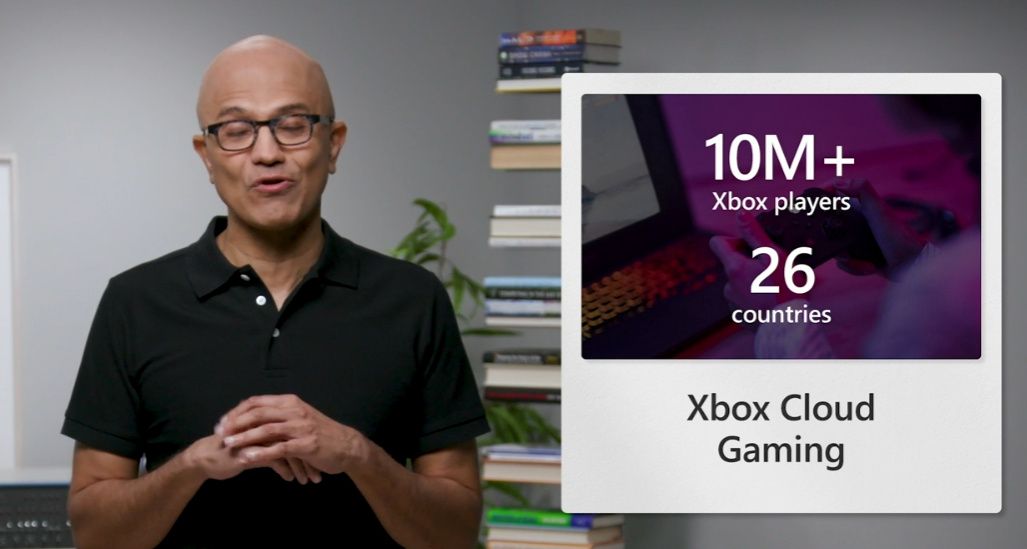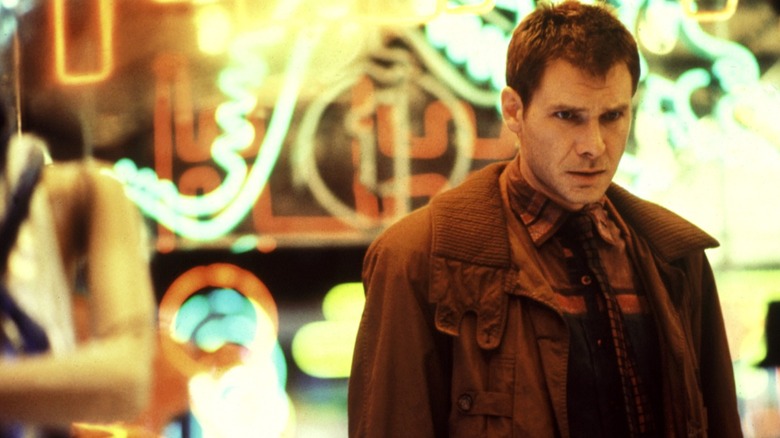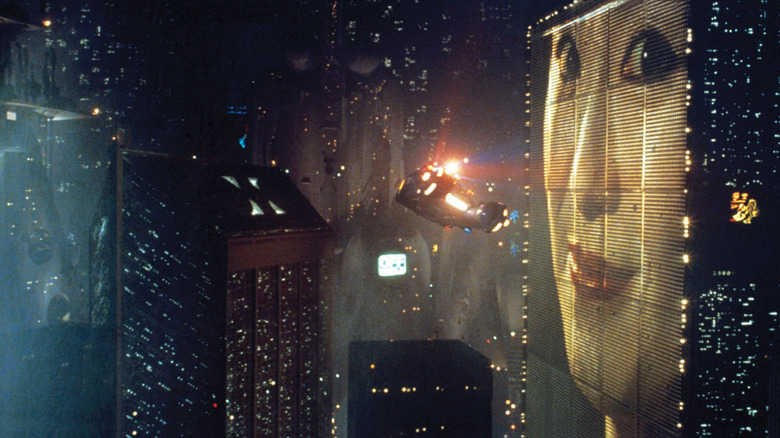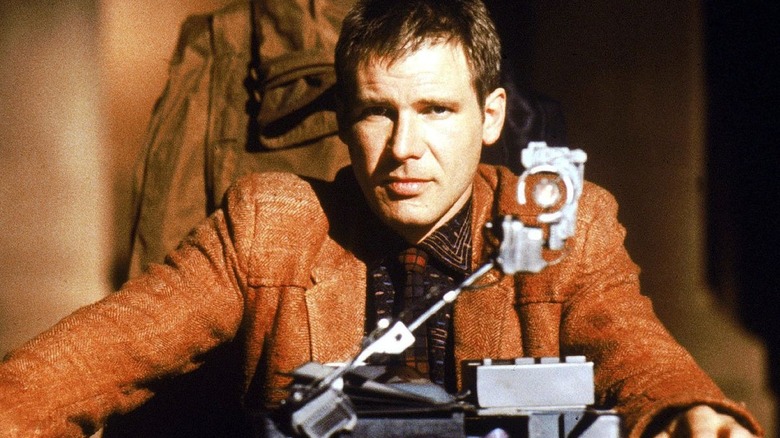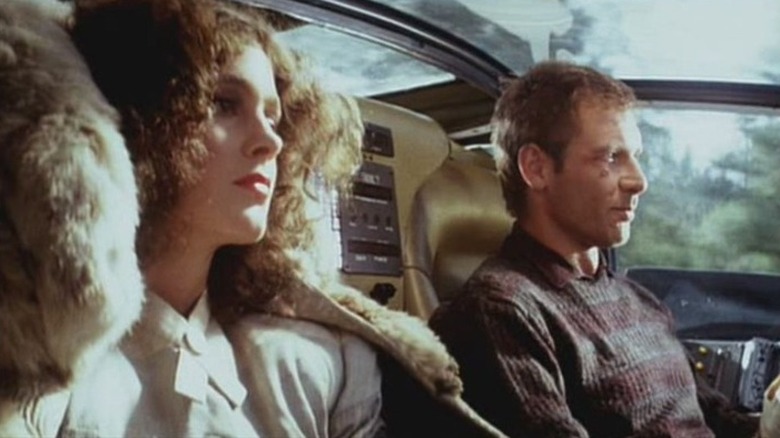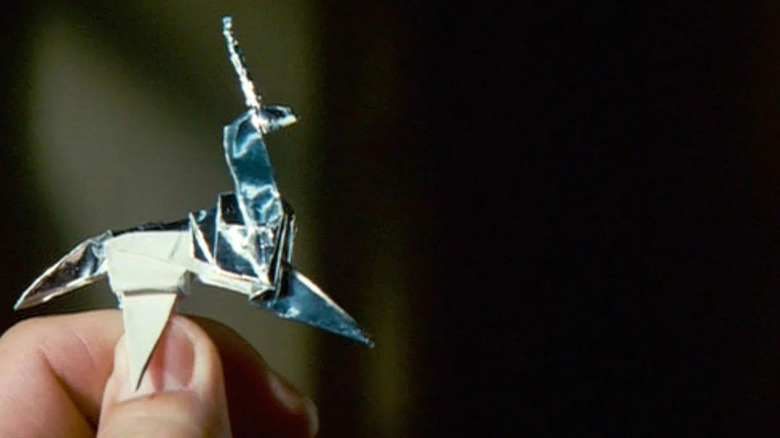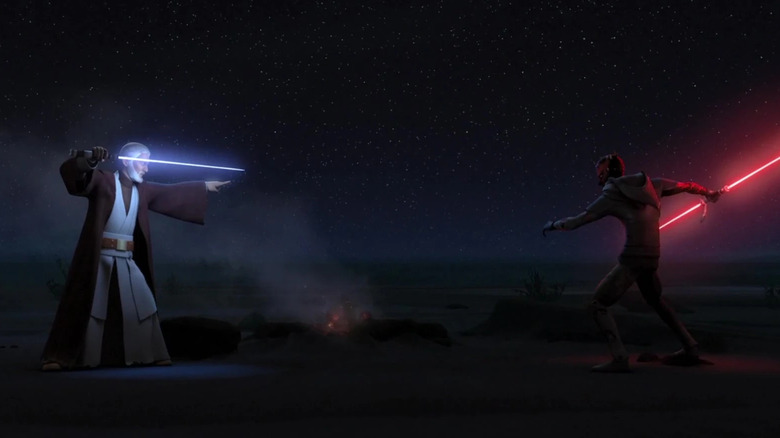
The following article contains spoilers of media across the "Star Wars" universe, including the prequel trilogy, "The Clone Wars," "Rebels," and more. Discretion is advised.
There are few rivalries in the "Star Wars" universe that are as long and winding as that between Obi-Wan Kenobi and Darth Maul. The famed Jedi Master and bloodthirsty Sith Lord battled on and off again for 30 years, making it one of the longest-running arcs across the entire "Star Wars" media landscape. Despite being on opposite sides of the Force, these two highly skilled combatants may have more in common than you think. From their first encounter in "Episode I – The Phantom Menace" until their final showdown in "Star Wars: Rebels," they are both ultimately a product of common motifs found throughout the galaxy far, far away: revenge, loss, and deep isolation.
As "Obi-Wan Kenobi" approaches Disney+ at lightspeed, now is a perfect time to revisit this formative relationship for the titular, fan-favorite character. Though Maul is not set to return, their history does provide key insight into the exiled Jedi's withered state at the start of Deborah Chow's series, and it also takes place just a few years before the climax of their bitter feud. His final battle with Maul sees Obi-Wan as the wise recluse we know and love from "Episode IV – A New Hope," but first we need to know how he got there.
Obi-Wan As A Young Padawan
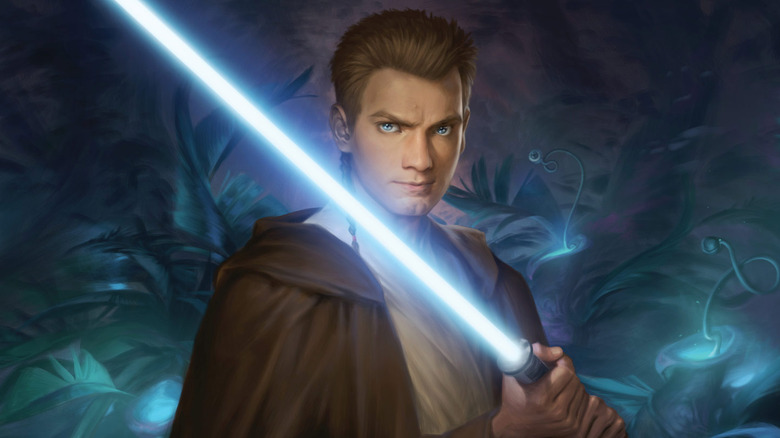
The two have a lot in common. They're both force-sensitive and began their careers at a very young age after being separated from their families on opposite ends of the galaxy.
According to the "Star Wars" encyclopedias "Ultimate Star Wars, New Edition" and "Star Wars: Geektionary: The Galaxy from A to Z," Obi-Wan's parents gave him away to the Jedi when he was a baby. They brought him to Coruscant, where he studied Force techniques, lightsaber combat, and meditation as a youngling, eventually chosen by Master Qui-Gon Jinn to be his padawan. Though initially rebellious and hungry for action, Kenobi learned to exercise restraint under Qui-Gon. During the events of the novel "Master and Apprentice," Obi-Wan's obedience to the Jedi Council and their way of life would surpass even that of his master, adamant about foreseeing all logical possibilities and not allowing feelings to cloud his judgment.
In Season 2, Episode 13 of "The Clone Wars," entitled "Voyage of Temptation," it is revealed that Qui-Gon and Obi-Wan were sent to the planet Mandalore to protect Duchess Satine Kryze during the Mandalorian Civil War. During his time there, Obi-Wan fell in love with Satine and was willing to leave the Jedi Order to be with her. However, he chose to uphold the Jedi Code, which forbids romantic relationships, returning to Coruscant and leaving her to rebuild Mandalore after the war. This will be relevant later, so I hope you're taking notes!
Darth Maul's Troubled Childhood
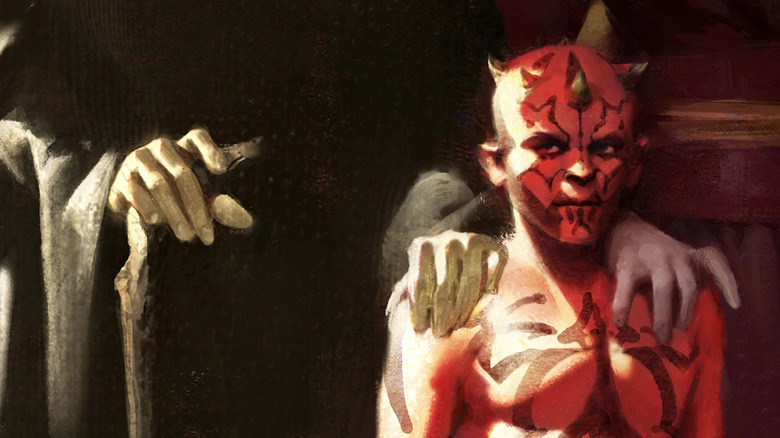
Darth Maul had no such entanglements. As shown in the comic book miniseries "Star Wars: Darth Maul – Son of Dathomir," Maul was born on the Outer Rim planet of Dathomir. Even in his early years, the young Nightbrother wrestled with deep anger, often ignored by his mother, Talzin. She led the higher-class Nightsisters, a band of witches turned assassins who used dark magic to manipulate the Force despite not being born force-sensitive; in E.K. Johnston's novel "Queen's Peril," Maul admits to himself that, as someone who did have a connection to the Force, he was resentful of this.
This anger attracted the attention of the Sith, specifically Sith Lord Dark Sidious. As portrayed in the short story "An Unwilling Apprentice" by George Mann, Sidious went to Dathomir searching for a Sith apprentice. Though he originally planned on making Talzin his apprentice, he sensed the strength in Maul's then-uncontrolled anger and chose him instead.
Bestowed with the title of Darth Maul, Sidious trained his new padawan in martial arts and lightsaber combat, particularly honing his skills using the now iconic double-bladed lightsaber. More importantly, Sidious ingrained in Maul a deep hatred for the Jedi for their destruction of the Sith. As highlighted in "Queen's Peril," Maul felt abandoned by the Jedi who left him on his home planet despite being force-sensitive, which fueled his anger.
Obi-Wan And Darth Maul Meet On Naboo
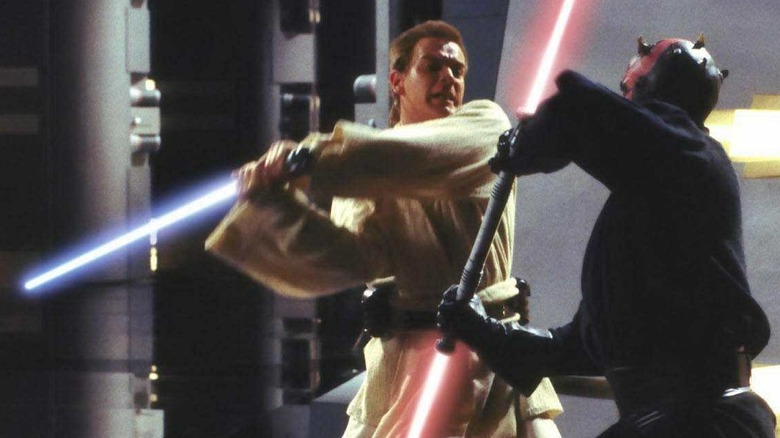
After the events of the comic miniseries "Star Wars: Darth Maul," Maul was ready to play a role in Sidious' master plan to defeat the Jedi once and for all, the moment we all remember from "The Phantom Menace." As the Trade Federation stages a coup on Naboo (hey, that rhymes!), Qui-Gon and Obi-Wan protect Queen Padmé Amidala while simultaneously fighting against the Federation's droid forces. However, they are confronted by Maul, all three swinging their sabers in a fierce battle, scaling the palace's generator shaft. After Maul knocks Qui-Gon down to a significantly lower level, Obi-Wan is forced to watch Maul kill his master behind an activated laser wall.
Obi-Wan goes on the offensive, impassioned over the loss of his dear friend and mentor. Maul force-pushes Kenobi over the chasm's edge, grabbing onto a small protrusion in the wall for dear life. However, by utilizing the focus and patience imparted by his master, Obi-Wan uses the Force to pull Qui-Gon's lightsaber to him. He leaps over Maul and slashes him through the waist, splitting him into two pieces as he falls backward down the generator shaft to his demise.
In his final moments, Qui-Gon makes Obi-Wan promise to train Anakin Skywalker, a young boy Qui-Gon discovered on Tatooine. Quin-Gon believes he is the Chosen One, prophesied to bring balance to the Force. Despite doubting his master's judgment initially, Obi-Wan agrees to train Anakin.
Somehow, Darth Maul Returned
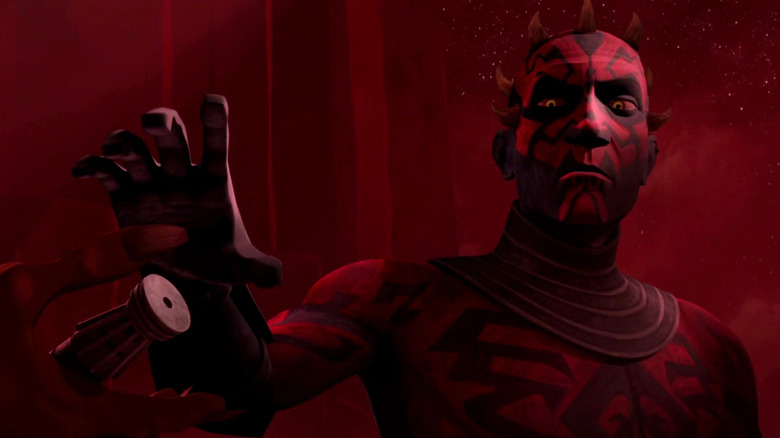
Fans thought Maul was done for, but "The Clone Wars" resurrected the beloved character and greatly expanded his story and Obi-Wan's story by association.
After Sidious took child Maul, Talzin has a third son: Savage Oppress. Twelve years following Maul's assumed death, Savage has been selected to serve Asajj Ventress, a Nightsister and former Sith padawan. However, after being betrayed by Ventress and discovered by the Jedi, Oppress is forced to return to Dathomir wounded and hopeless. Mother Talzin informs Savage that she knows of someone who can further train him: his long-lost brother Maul, a brother he never knew, who is alive somewhere in the galaxy's far reaches.
Throughout Season 4, Episode 21, entitled "Brothers," Savage scours the Outer Rim searching for Maul. He ends up on the junk planet Lotho Minor and, after some searching, discovers his brother has taken refuge underground with robotic spider-legs as his new bottom half. Somehow, through the dark side's ability to sustain life through intense focus on overwhelming hatred, not to mention a little dark magic, Maul was able to survive being slaughtered on Naboo. Dumped on a far-out planet, he was brought back to the solitude of his childhood and began to lose all sense of time and memory. As he succumbed to complete madness, this sobbing, sniveling spider-Sith fostered a lust for vengeance against not only Obi-Wan Kenobi but also Darth Sidious for leaving him to rot.
Maul Seeks Vengeance
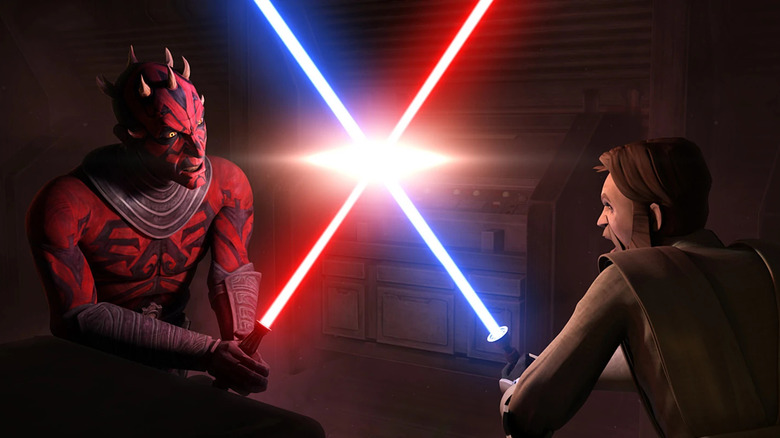
In the following episode, "Revenge," Savage takes Maul back to Dathomir, where Mother Talzin restores Maul's memory and sanity while providing two tall robotic legs. Back to his former glory and then some, Maul joins forces with Savage and immediately seeks revenge on Obi-Wan Kenobi, who Yoda informs of Maul's return. Maul grabs the Jedi Council's attention by killing and oppressing the innocent civilians of Raydonia, luring Obi-Wan to the planet. The Jedi Master finds himself in double trouble as the two brothers overwhelm, capture, and torture him aboard their ship. However, he is surprisingly aided by Ventress, who has come to seek a bounty placed on Oppress' head.
The four of them duke it out, but with the reemergence of Maul comes the reemergence of Obi-Wan's trauma over the loss of his master, Qui-Gon Jinn. Brought to fury as Maul taunts him about his past, Obi-Wan realizes he is no match for Maul in his current state and escapes with Ventress in an escape pod. After an additional but brief skirmish with a pirate colony in the Season 5 premiere, "Revival," Maul and Savage are left drifting in space. Senator Palpatine decides that Maul and Savage can no longer be classified as a Republic concern; seeing it as a personal matter for Obi-Wan, he is unwilling to expend further Republic resources. Amidst the multi-faceted conflict of the Clone Wars, the Dathomirian brothers are put on the backburner.
Darth Maul: Ruler Of Mandalore
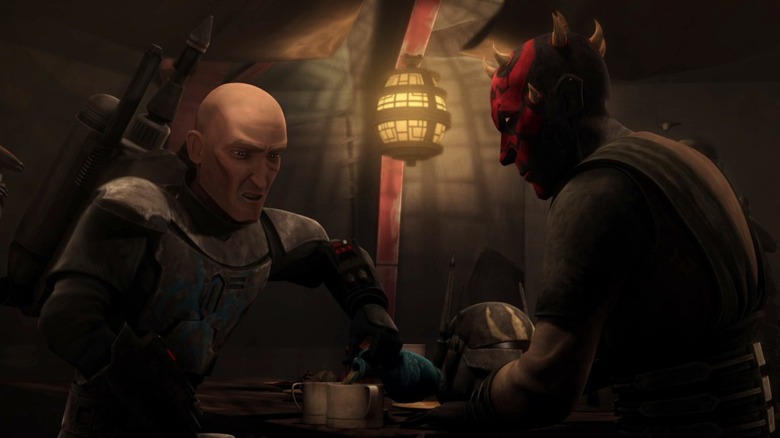
In a Season 5 episode titled "Eminence," the brothers are saved when their pod is discovered by a group of rebel Mandalorians named the Death Watch. Led by Pre Viszla, former governor of Mandalore, the group was formed in opposition to Duchess Satine Kryze's pacifist leadership. The group believed it was against Mandalorian warrior tradition, leading to the Mandalorian Civil War (told ya it would maybe become relevant again).
Vizsla decides to bring the two back to their base on Zanbar against the skepticism of his lieutenant Bo-Katan. He nurtures Maul and Savage back to life, and after gaining consciousness, Maul explains his story to Vizsla and Bo-Katan and insists he and his brother are Sith but do not serve any Sith Lord. Recognizing that they have a common enemy in the Jedi, Maul and the Night Watch agree to join forces. Recognizing they need more resources, Maul forms the Shadow Collective, an alliance with multiple crime families, including the Black Sun, the Pyke Syndicate, and the Hutts.
In the following episode, "Shades of Reason," Pre Vizsla and his team overtake Mandalore and imprison the Duchess. However, upon their victory, Vizsla betrays Maul and Savage, imprisoning them. After breaking them out, Maul challenges Viszla to a deathmatch, using Mandalorian tradition against him, and wins. Unable to accept an outsider ruling Mandalore, Bo-Katan and a group of deniers forsake the Death Watch and escape, leaving Maul to begin his rule over Mandalore.
Obi-Wan Suffers Another Loss
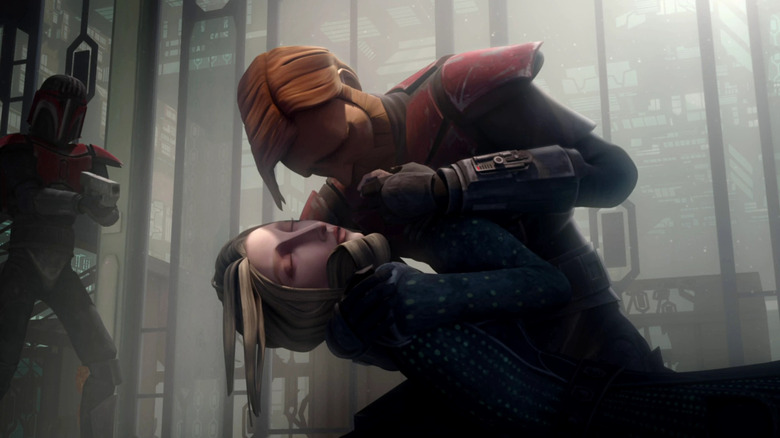
Things come to a head in the following episode, "The Lawless." In a last-ditch effort, Duchess Satine Kryze sends a message to her beloved Obi-Wan Kenobi in hopes he will help her on Mandalore. Due to Mandalore's neutral stance amidst the Clone Wars, Obi-Wan goes alone, just as Darth Maul gleefully anticipates. Obi-Wan rescues the Duchess but fails to escape Mandalore, left to be captured by Maul and his army. In his throne room, Maul insists Obi-Wan is weak against the powers of the dark side, while Obi-Wan contends that the Nightsisters subconsciously influenced Maul's decision to join the Dark Side in the first place. Maul is appalled (more rhyming!) at this claim, speaking to his inner resentments during his childhood.
Maul reminds Kenobi of the suffering he experienced on Lotho Minor, all because of him, and now knows the perfect way to make him share his pain: he stabs Satine through the chest. Obi-Wan holds her as she takes her final breath, reminding him that she always loved him. Stricken with profound grief, Maul is satisfied. He sends Obi-Wan away to be imprisoned, but on his way down, he is saved by Bo-Katan and her defected squad of Mandalorians. Before he leaves, Obi-Wan correctly suspects Bo-Katan is Satine's sister and shares condolences on her death. Aside from a brief encounter shortly after this, shown in "Son of Dathomir," the two rivals would not see each other again for 15 years.
Anakin Betrays Obi-Wan
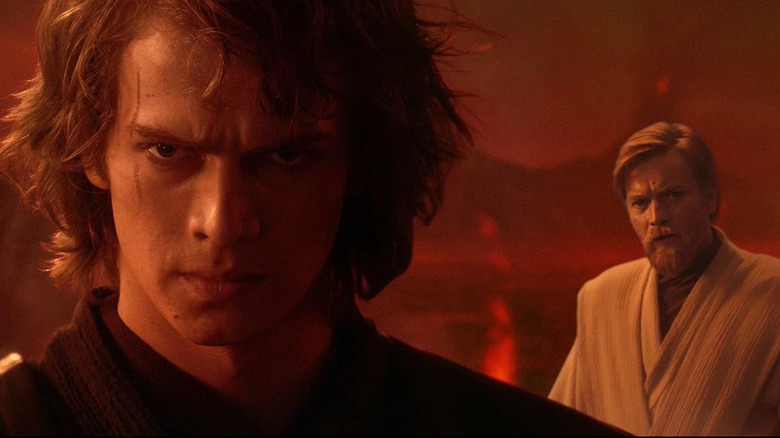
Darth Maul may have provided two major losses in Obi-Wan's life, but a third wholly separate loss hits him the hardest.
In a tragic turn of events in contradiction to the prophecy, Anakin succumbs to the Dark Side and pledges allegiance to Darth Sidious. In "Episode II – Attack of the Clones," he disobeys the Jedi Code and engages in a romantic relationship with Padmé; in "Episode III – Revenge of the Sith," Padmé becomes pregnant. However, after seeing visions of Padmé dying during childbirth, Palpatine, revealing himself to be a Sith Lord, informs Anakin that the Sith can sustain life, even in death. I mean, we've seen it once before...
Obi-Wan, horrified at this sudden confluence of events, tries to inform Padmé of her husband's turn. She denies these accusations and goes to meet Anakin on Mustafar. Though Obi-Wan is initially hesitant to have to fight his fallen apprentice, he secretly stows himself on Padmé's ship, knowing he must. When he arrives on Mustafar, Obi-Wan expresses disappointment in his padawan for forsaking the prophecy and joining the enemy. Anakin insists the Sith are not their enemy and that the Jedi have brainwashed Obi-Wan. As Anakin and Obi-Wan duel across Mustafar's volcanic landscape, Anakin is filled with inconsolable rage against his former master. Knowing he is beyond reform, Obi-Wan dismembers his brother in arms using his lightsaber and leaves him for dead, burnt and charred from Mustafar's lava rivers.
Obi-Wan Goes Into Hiding
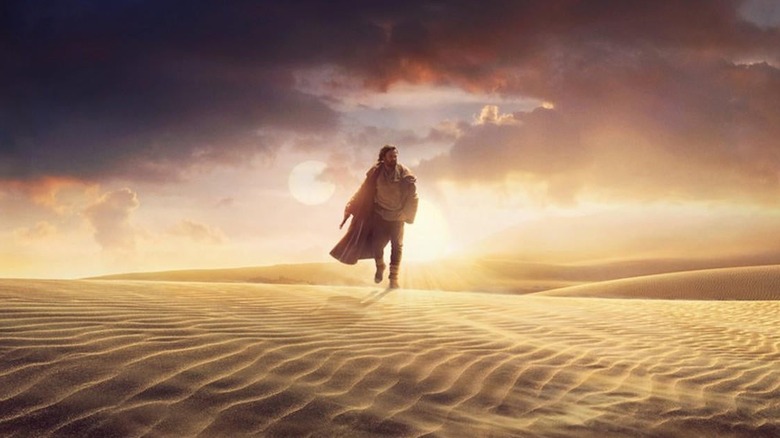
Following his duel on Mustafar, Obi-Wan brings Padmé to safety on the planet of Polis Massa, where she gives birth to twins named Luke and Leia. However, as Anakin predicted, she dies immediately following their birth. Knowing that they must be kept secret, Obi-Wan separates the twins; he leaves Leia with Senator Bail Organa of Alderaan, a trusted ally, and delivers Luke to his Uncle Owen and Aunt Beru on Tatooine. After Obi-Wan explains what has happened, Owen insists that Obi-Wan is not to interact or interfere with Luke's upbringing; he has no interest in seeing Luke be trained in the ways of the Jedi, like his brother before him. Obi-Wan agrees and goes into exile on the desert planet, watching over young Luke Skywalker from afar. This period is the one in which we will meet Obi-Wan in the upcoming Disney+ series, taking place ten years into his exile.
Meanwhile, Maul attempts to defeat Sidious and expand the Shadow Collective's control over the entire galaxy. However, he fails to defeat his former master, and his rule over Mandalore is brought to a swift halt when Bo-Katan returns with reinforcements. Despite escaping, he is left with nothing, forced to rebuild from the ground up. Knowing Obi-Wan may be dead following the events of Order 66 and the Great Jedi Purge, Maul relinquishes his rivalry (for now) and sets his sights on something more significant.
Maul Meets Ezra Bridger
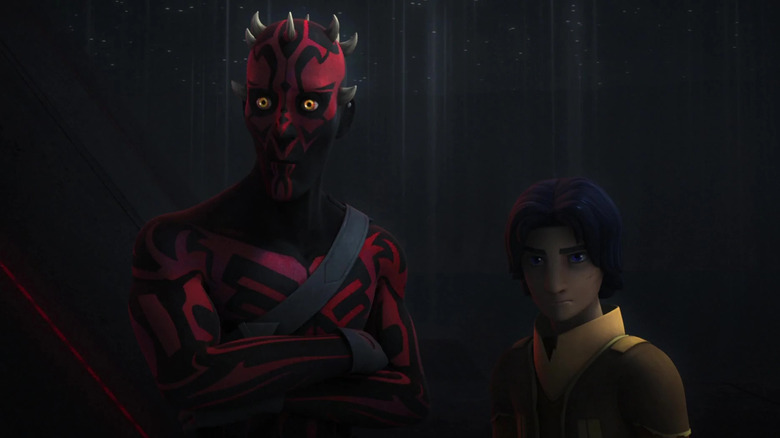
Maul's journey continues in "Rebels," several years after the events of the Clone Wars. Maul is now searching for a Sith Holocron that can provide access to an ancient Sith temple and superweapon. He is led to the planet Malachor, where he discovers the Holocron but cannot enter the temple and, due to a wrecked ship, is stranded there.
In the episode "Twilight," Maul encounters Ezra Bridger, a refugee Jedi apprentice also seeking the Holocron in an attempt to end the Sith once and for all. Bridger befriends Maul, unaware of his dark past with the Sith. Maul helps Bridger get in touch with his passion and anger as they bond. They both retrieve the Holocron, only for Maul to betray Ezra so he can take the Holocron for himself. However, with the help of fellow Jedi Kanan Jarrus, Maul is driven out of Malachor without the Holocron.
In "The Holocrons of Fate," Maul returns and takes many of Ezra and Kanan's fellow rebels hostage a few months later. In exchange for their lives, Maul demands to be given the Sith Holocron, along with a Jedi Holocron he knows they have in their possession. Ezra and Maul combine the Holocrons, and the latter discovers what he was secretly hoping: Obi-Wan Kenobi is alive. Before Ezra can fully interpret the "twin suns" he sees in the Holocron, Kanan convinces Ezra to close his eyes, shutting off both Holocrons in a sizable explosion.
Maul And Ezra Search For Obi-Wan
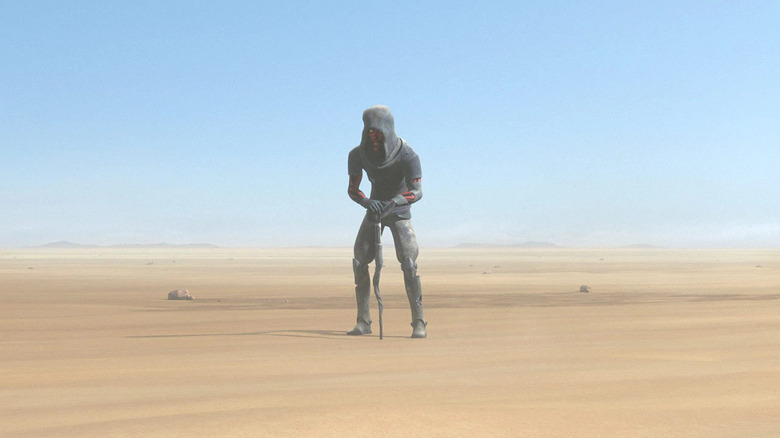
Later in the season, in "Visions and Voices," Maul escapes the rebels and attempts to search for Obi-Wan, but because Ezra failed to ultimately see his vision, Maul does not know enough information for him. However, the Holocrons implanted a mental link between the two, allowing Maul to manipulate Ezra and his connection to the dark side. Ezra insists they reunite to finish what they started and rid themselves of the link. Through the ritual, Maul and Ezra finally see that the "twin suns" were, in fact, a vision of Tatooine, confirming Obi-Wan's location.
This brings us to one of the most beloved episodes of "Star Wars" animation, "Twins Suns."
Maul, desperate for revenge against his nemesis, begins his desperate search across the dunes of the desert planet. However, now knowing Obi-Wan is the key to defeating the Sith, Ezra decides to race against Maul and track Obi-Wan himself. Upon arriving on the desert planet, Ezra discovers a fragment of the Sith Holocron, but before he can discern what this means, he is attacked by Tusken Raiders. With his ship destroyed, Ezra is left stranded searching for the lost Jedi Master, eventually passing out from the heat.
The Final Showdown
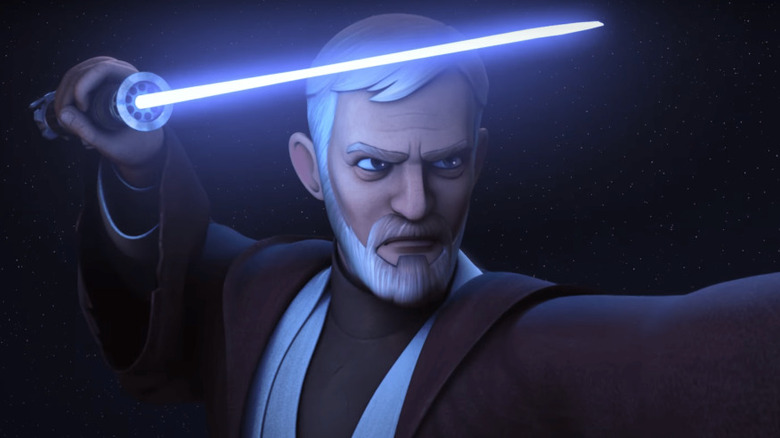
Ezra wakes up around a campfire built by none other than Obi-Wan Kenobi himself, telling him that the Holocrons led him here to search for an end to the Sith. However, Obi-Wan surmises that Maul and the Sith Holocron manipulated Ezra. In the end, Maul is led to the campfire, but Obi-Wan sends Ezra toward North on his trusty dewback, where he says he will find his way home.
Maul sees Obi-Wan's current living situation as potentially worse than death, while Obi-Wan insists Maul's life of revenge leaves him with little in comparison. Maul further surmises that Obi-Wan is not on Tatooine merely in exile but rather to protect someone. Seeing this as a threat to young Skywalker, Obi-Wan activates his lightsaber.
Maul brings out his double-bladed saber and charges at Obi-Wan. He attempts to use the same move that stunned Qui-Gon before his death, aiming his hilt at Obi-Wan's face. However, Obi-Wan slashes into Maul's chest within three loaded strikes, mortally wounding him. Obi-Wan holds Maul as he falls to the ground. In his final moments, Maul asks Obi-Wan if he is protecting the Chosen One, to which Obi-Wan admits. Taking comfort in knowing the Chosen One will avenge them both in his destiny to defeat the Empire, Darth Maul dies in Obi-Wan's arms. Obi-Wan closes his adversary's eyes and builds him a funeral pyre in a final moment of respect. Their rivalry has officially come to an end.
Cut From The Same Cloth
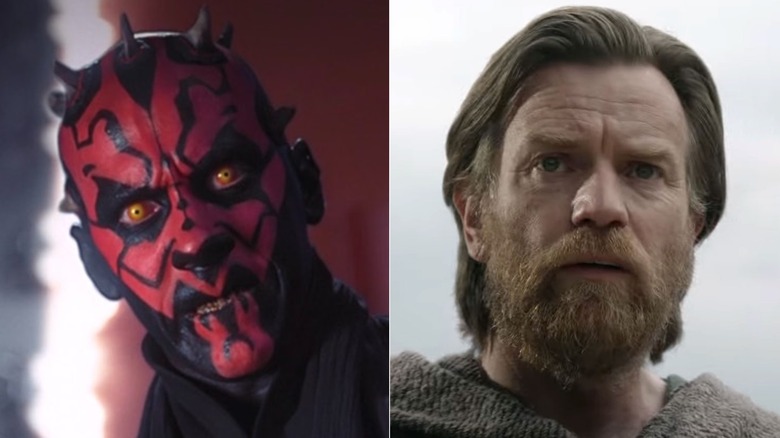
Obi-Wan Kenobi and Darth Maul may have been ideological opposites, but, as Maul soberly points out before his death, their pain and suffering are both linked to Darth Sidious. Sidious instilled revenge in Maul from a young age, which would only grow as the Sith Lord imposed the Rule of Two and dismissed Maul as a lost apprentice and potential rival. Furthermore, Sidious's creation lost Obi-Wan his master, lover, and padawan. They both have a common enemy and, as the saying goes, the enemy of your enemy is your friend. However, Maul was so caught up in his quest for vengeance that it ultimately blinded him.
The two characters also had many shared experiences: they both watched loved ones be slain before their very eyes, they both were forced into exile by the actions of others, and they both lost an opportunity to train and mentor a uniquely attuned apprentice. However, for everything they shared, two vastly different people were molded. Despite shattering loss and immense challenge, Maul persisted in his lust for power and revenge, which brought about his own demise. Though his tragedies were not as severe, Obi-Wan's wise understanding of the Force allowed him to preserve his emotional intellect. He rose above it all, eventually becoming the revered Jedi Master we all know and love today.
Read this next: The 20 Best Clone Wars Episodes Ranked
The post Obi-Wan and Darth Maul's Relationship Explained: They're More Alike Than You Think appeared first on /Film.
